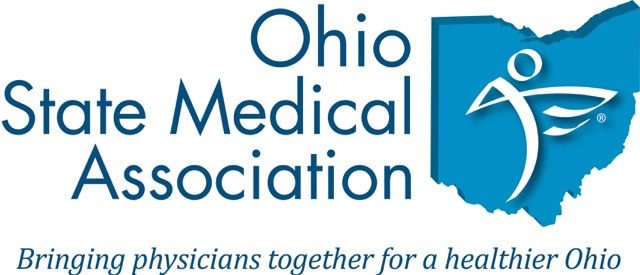Complete Story
05/05/2022
Analysis of Cerebrovascular Accidents and Malpractice Claims
Provided by OSMA's preferred partner for medical liability insurance, The Doctors Company.
Shelley Rizzo, MSN, CPHRM, Senior Patient Safety Risk Manager, The Doctors Company
Because a cerebrovascular accident (CVA) can happen in any healthcare setting, it is imperative that all healthcare providers and staff have the ability to spot the signs and symptoms promptly. Timely diagnosis and treatment can minimize injury severity and improve patient outcomes.
In a review of claims closed by The Doctors Company from 2009 through 2020, we identified 395 CVA claims. Diagnostic error (failure, delay, or wrong) was the most common allegation in claims arising from CVAs. Factors related to diagnosis of CVA that contributed to patient injuries included inadequate patient assessments (70 percent), failure or delay in obtaining a consult or referral (28 percent), and lack of communication among providers (23 percent).
Patient assessment issues included a failure to appreciate and reconcile relevant signs, symptoms, and test results, and a failure or delay in ordering diagnostic tests.
Failure or delay in obtaining a consult or referral sometimes occurred if the patient was not referred to a neurologist because the diagnosing clinician did not feel that the symptoms justified additional evaluation.
Communication among clinicians regarding patients’ conditions was a factor in 23 percent of diagnosis-related claims. In some cases, important information was not given to the clinicians providing care to the patient. In other cases, information was lost during transitions of patient care.
Risk Mitigation Strategies
Consider the following patient safety strategies:
- Ensure that, regardless of the setting, all members of the healthcare team are able to recognize and respond to symptoms of a CVA. This is important because CVAs can occur at any time and in any location.
- Conduct thorough assessments, including a comprehensive history and physical exam, and consider all differential diagnoses.
- Obtain timely consultations and referrals to specialists for concerning symptoms or challenges in diagnosis.
- Consider and order the most appropriate medication promptly, and document the rationale.
- Document the patient record clearly and concisely to verify the progression of symptoms and corroborate a timeline of the care and interventions provided.
- Offer education programs to all patient care staff to enhance their assessment, communication, and decision-making skills as part of the patient care team.
- Encourage excellent handoff communication to ensure that critical patient information is accurately passed to team members in support of continuity of care, especially during transitions in care.
- Follow state laws for the type and extent of physician supervision or collaboration required for all team members.
- Promote team building activities and a culture of respect among all staff and clinicians. Implement the Agency for Healthcare Research and Quality’s TeamSTEPPS® program.
- Encourage patients and family members to learn about and share information on the warning signs of a stroke. See the American Stroke Association’s F.A.S.T. Warning Signs.

